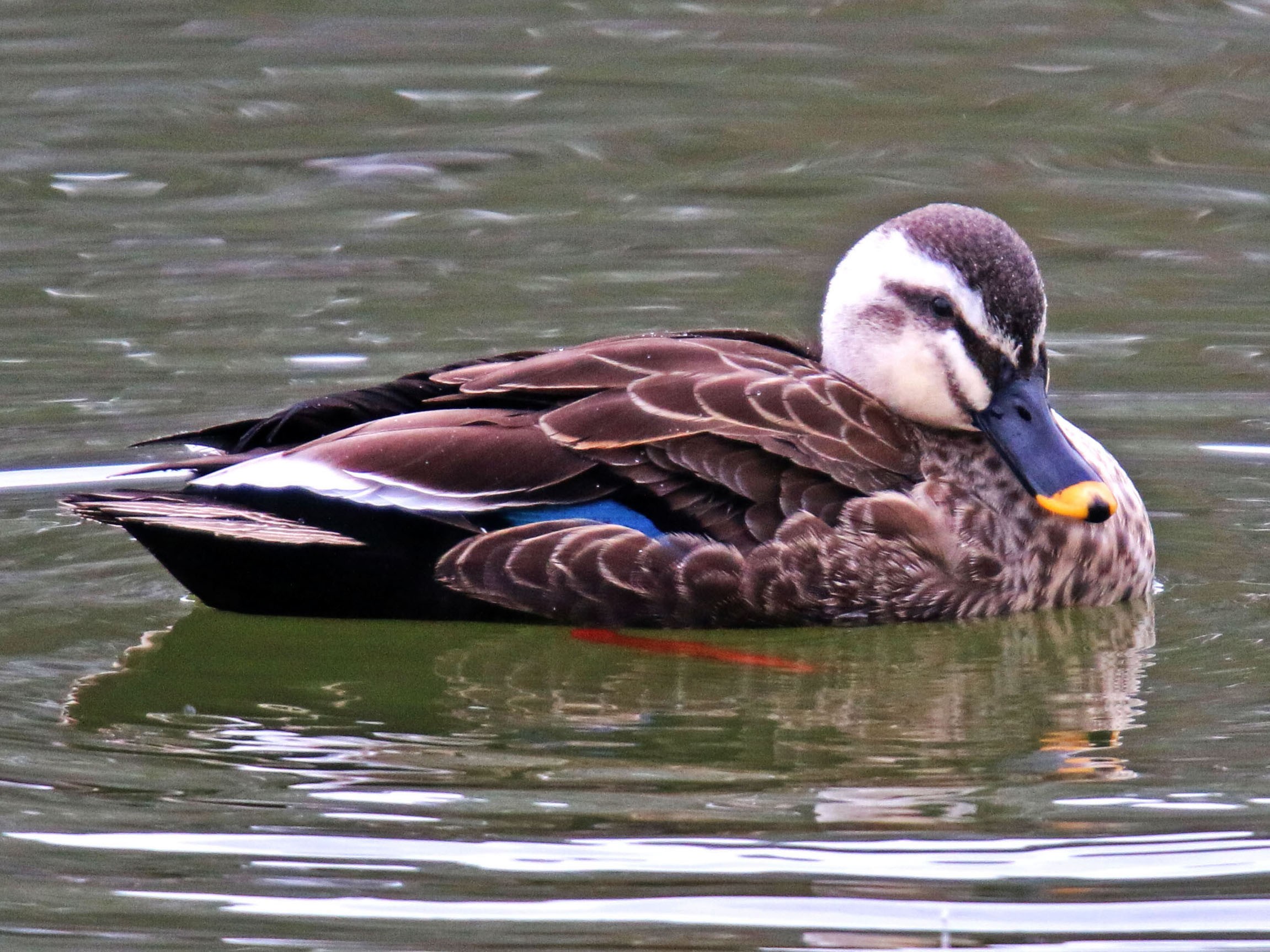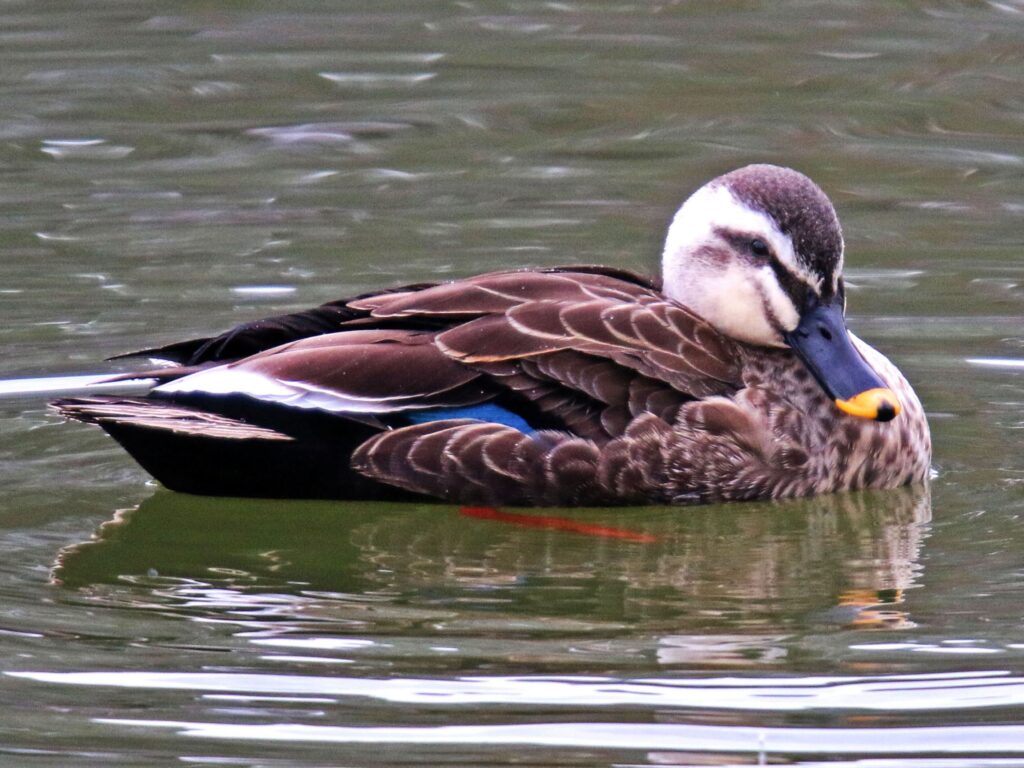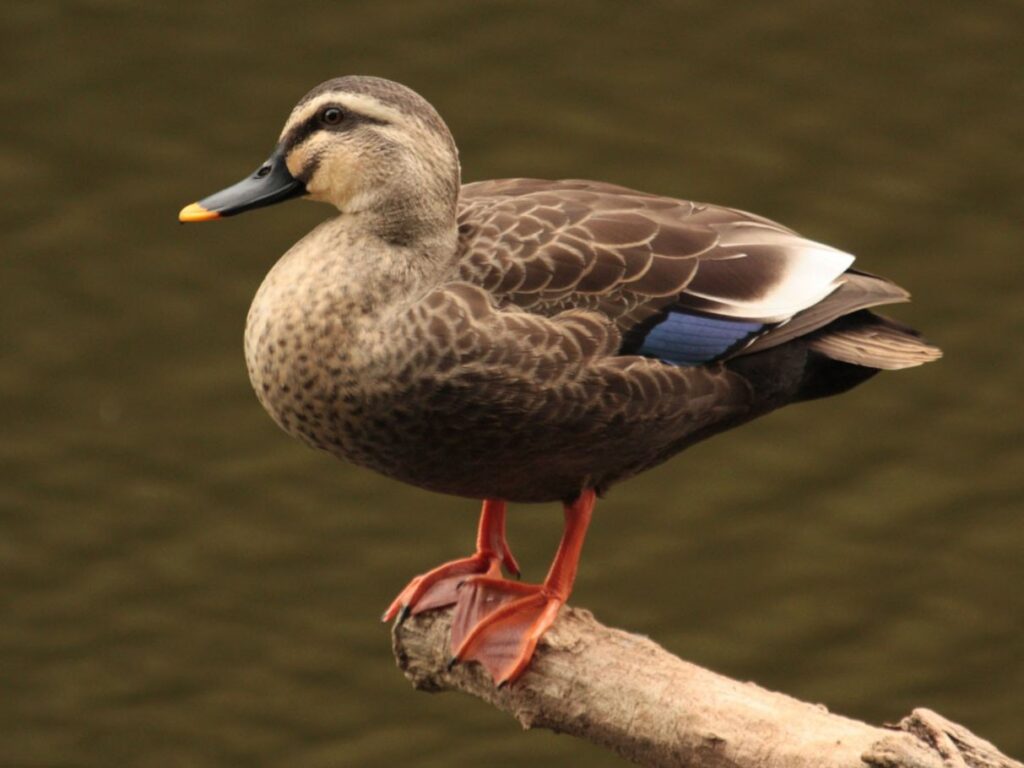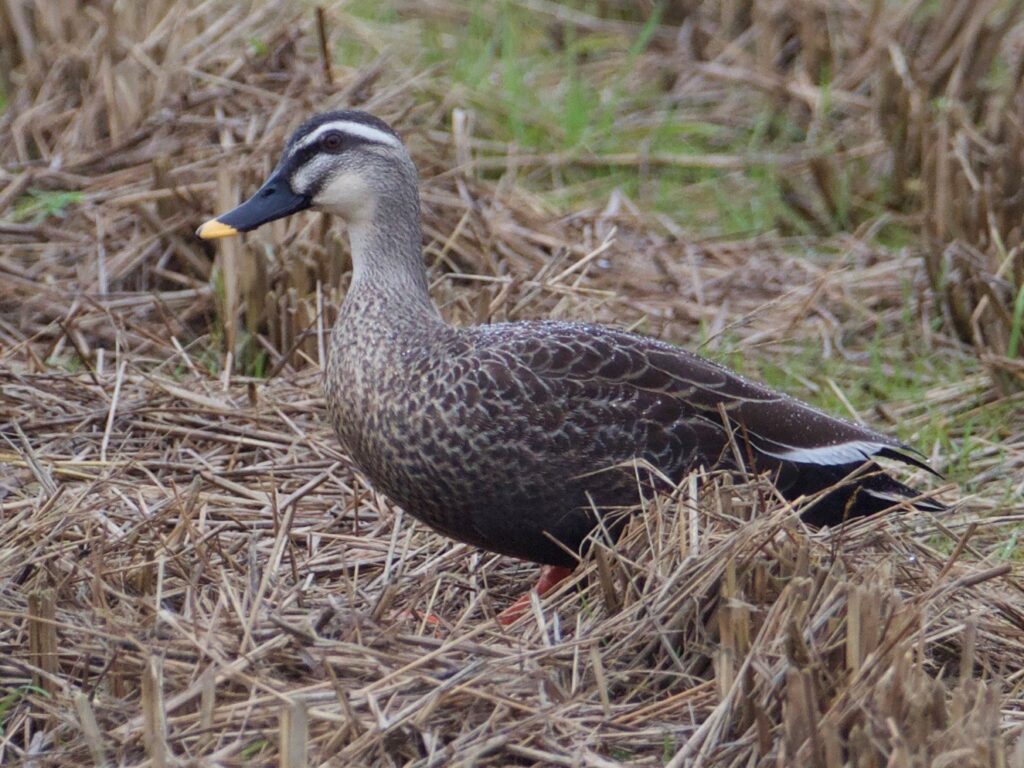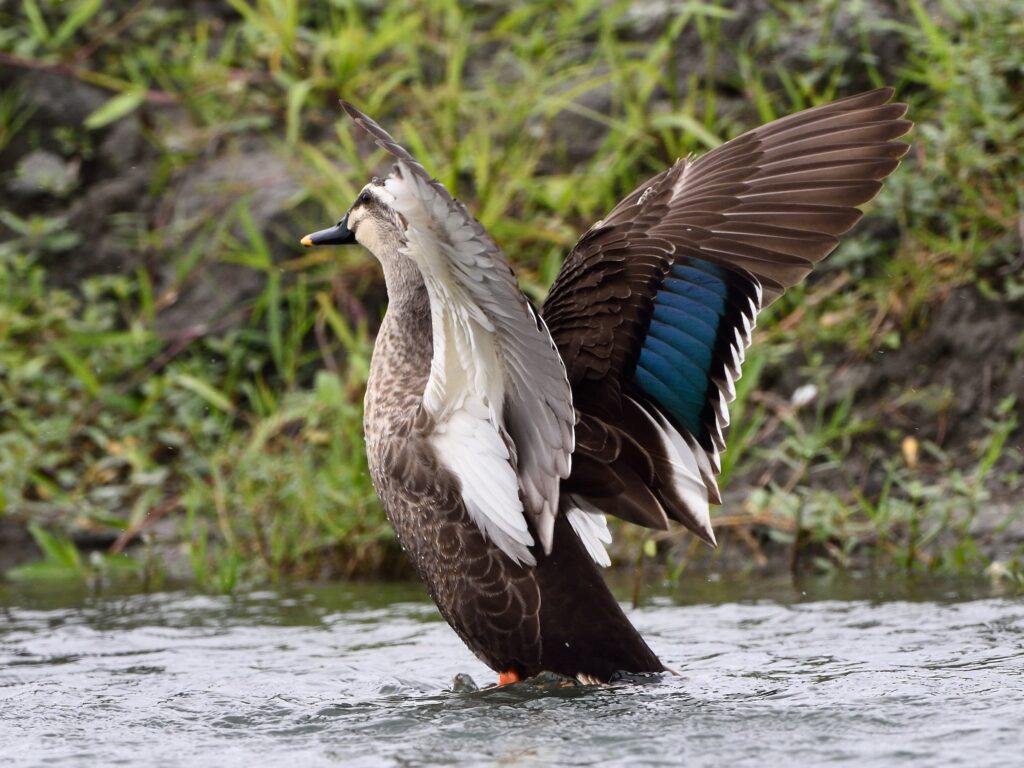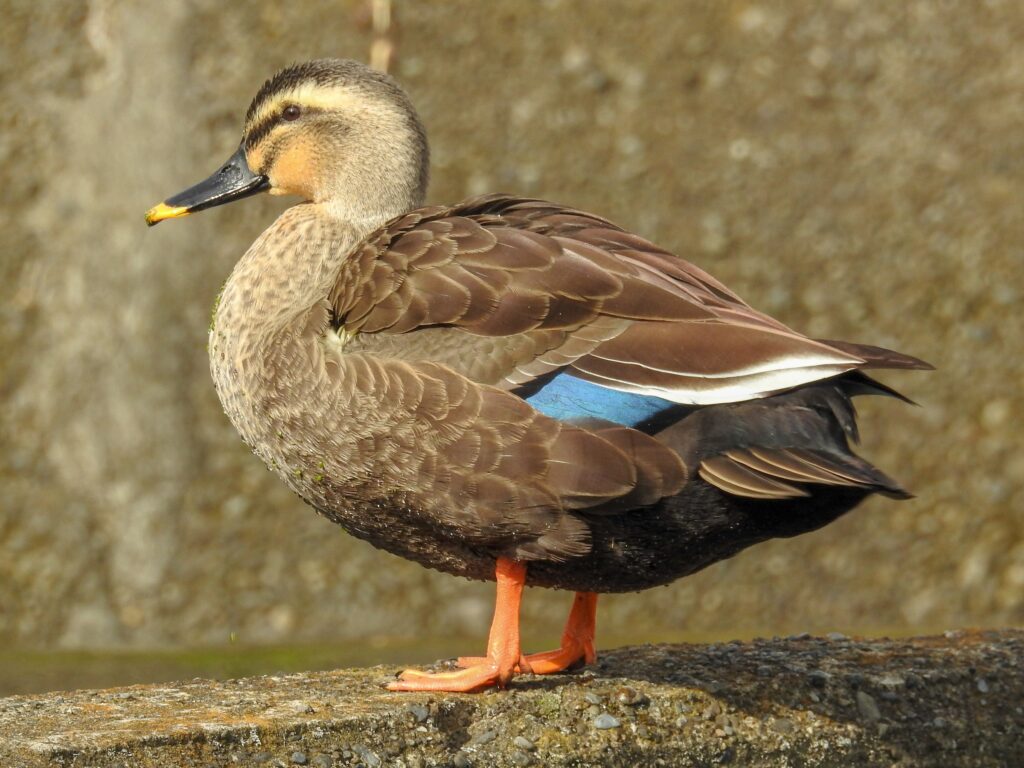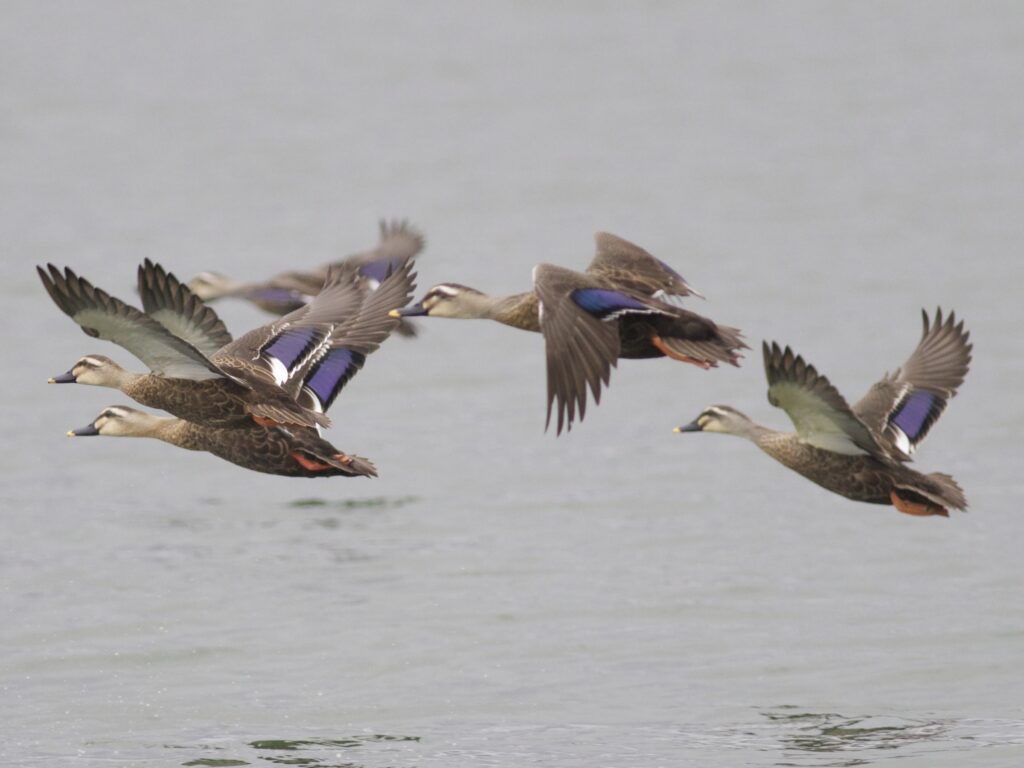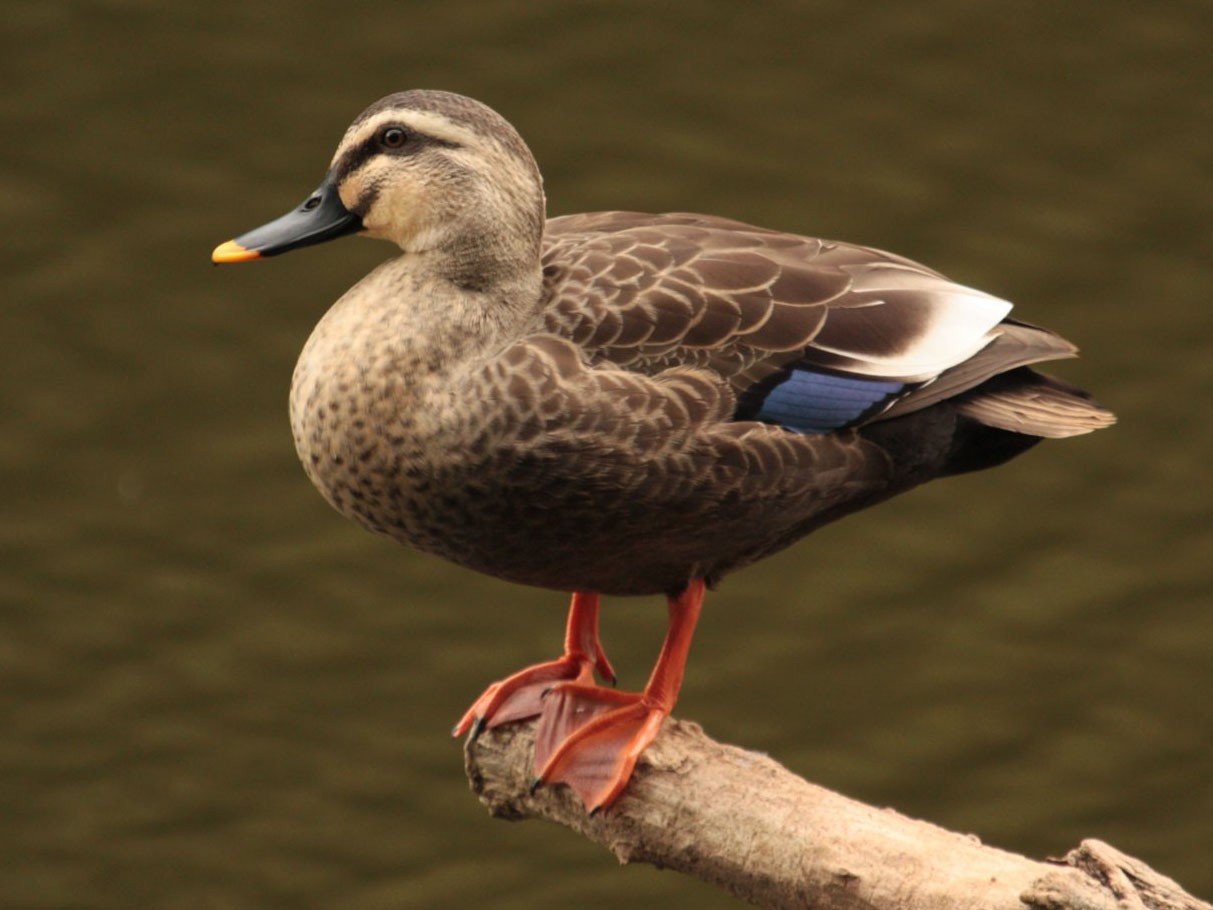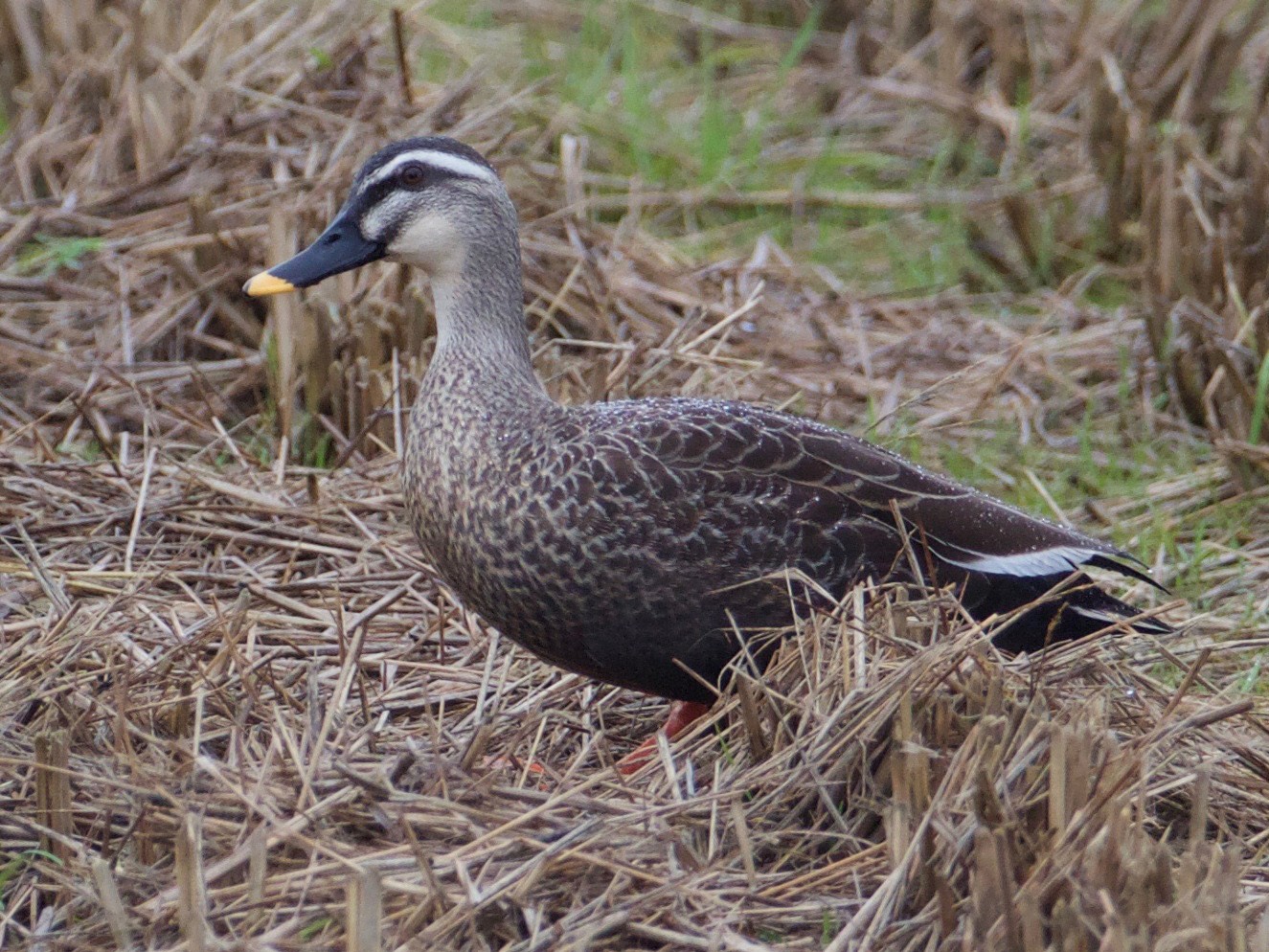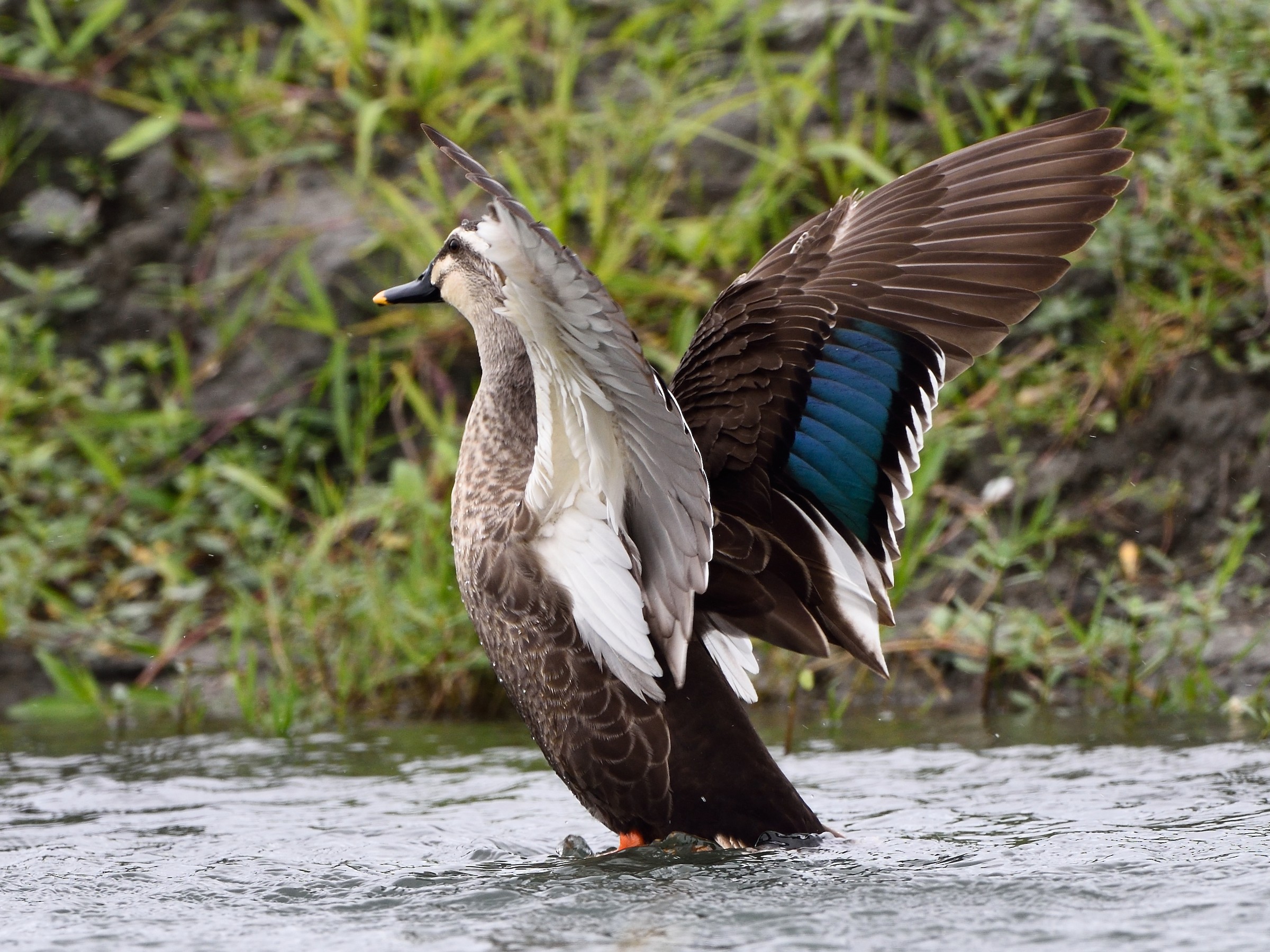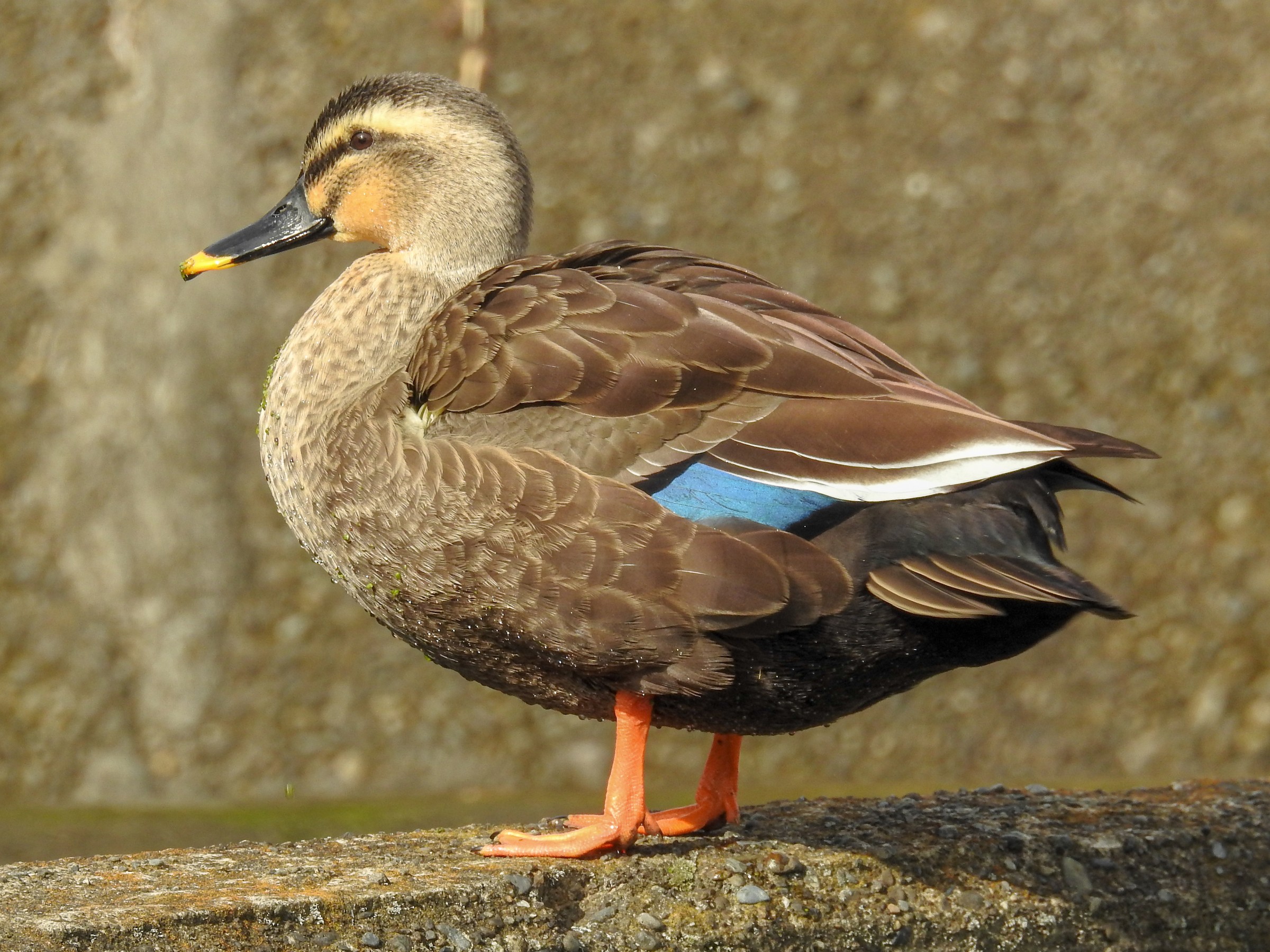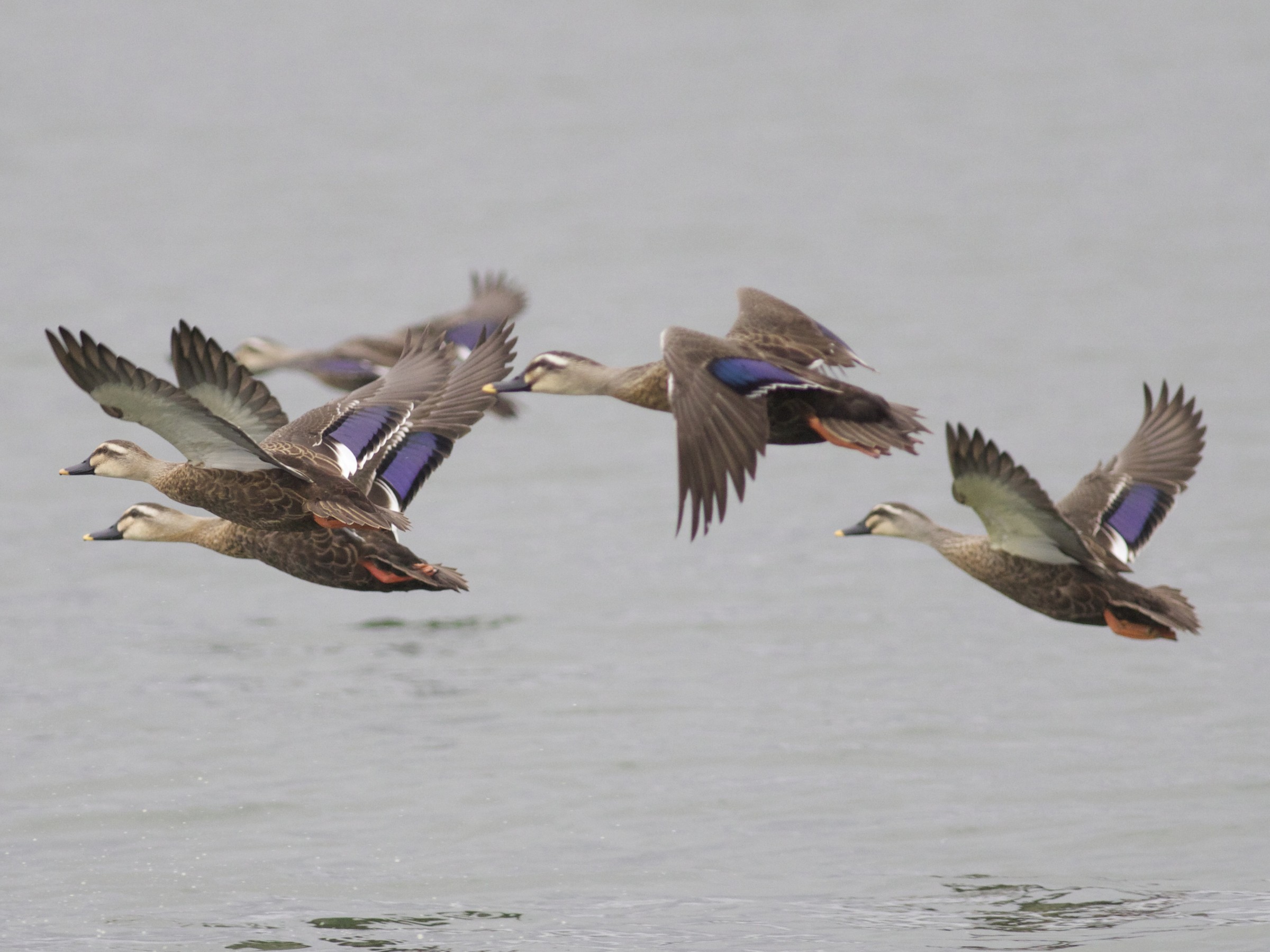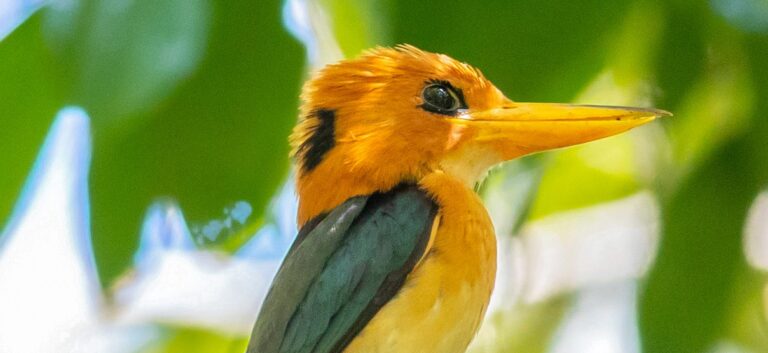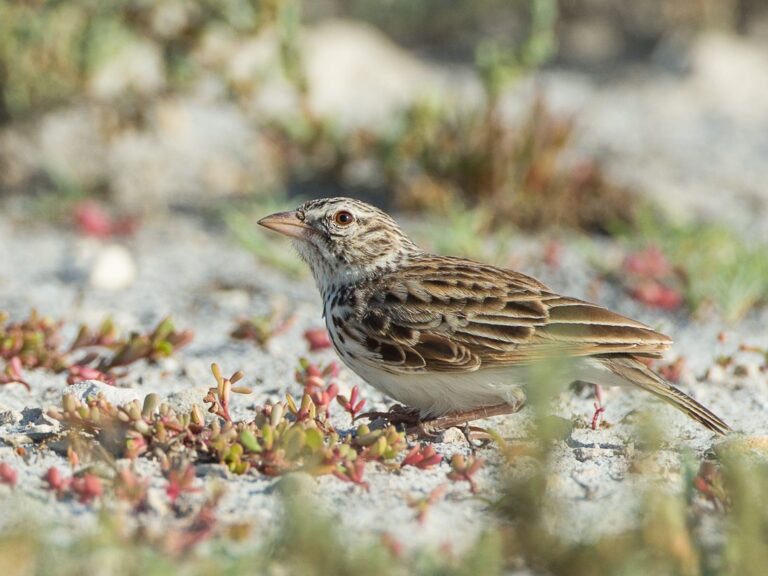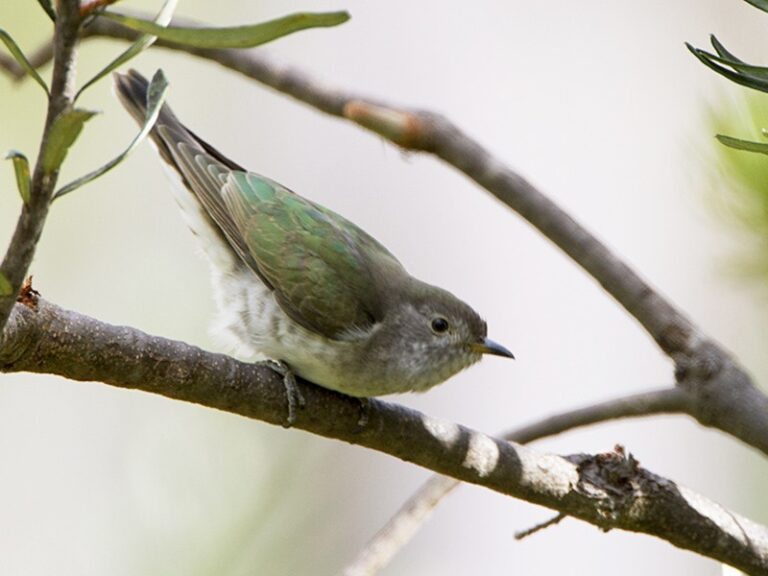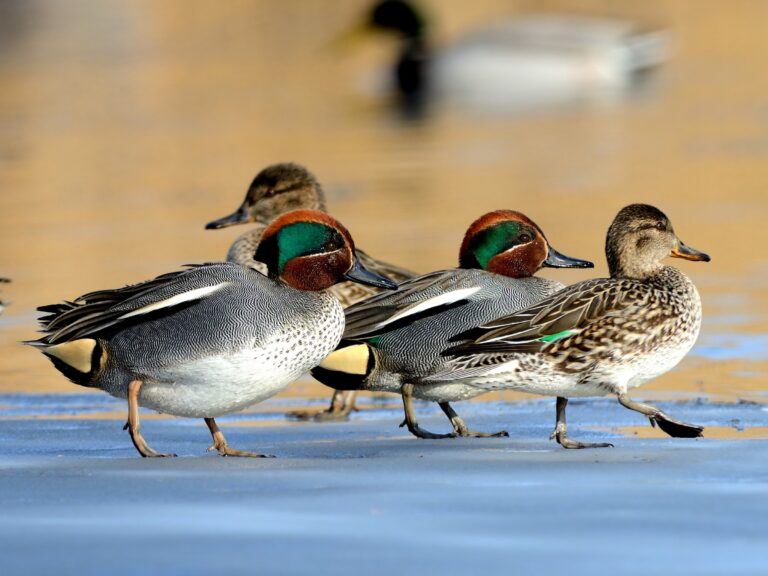Eastern Spot-billed Duck: A Fascinating Look at Its Habitat and Behavior
The Eastern Spot-billed Duck, known for its distinct appearance and behavior, is a fascinating species for birdwatchers and nature enthusiasts. This duck has a unique spotted appearance, making it easily distinguishable from other species in its habitat. Found primarily in East Asia, it thrives in wetlands, rice paddies, and lakes, showcasing its adaptability to various environments.
Understanding the Eastern Spot-billed Duck’s ecological role is crucial, as it plays a significant part in maintaining the health of its habitat. These ducks are not just beautiful; their diet consists of aquatic plants and small invertebrates, which helps balance the ecosystem. Additionally, they exhibit interesting social behaviors, often seen in groups during foraging or migration.
As conservation efforts continue, the Eastern Spot-billed Duck faces challenges such as habitat loss and hunting. Raising awareness about its significance in biodiversity can help safeguard its future.
Key Takeaways
- The Eastern Spot-billed Duck is known for its distinct spotted markings.
- It plays an important role in wetland ecosystems through its feeding habits.
- Conservation efforts are needed to address threats like habitat loss.
Identification and Description
The Eastern Spot-billed Duck is a distinctive species known for its unique physical characteristics and plumage variations. These features help in identifying them in the wild and understanding their behavior.
Physical Characteristics
The Eastern Spot-billed Duck measures approximately 60 to 70 cm in length. This bird has a robust body with a stout neck and a relatively large head. Its most striking feature is the black bill with a characteristic red spot located on the frontal shield. The blue speculum is also a key identifying trait, evident in flight.
They possess black flight feathers that contrast sharply with brighter aspects of their plumage. Males are typically larger than females, and they exhibit sexual dimorphism in their coloration. The overall size and shape make this species easily distinguishable from other ducks.
Plumage and Eclipse Plumage
The plumage of the Eastern Spot-billed Duck varies significantly between males and females. Males have a rich, colorful appearance during the breeding season, showcasing a mix of brown, gray, and white feathers.
In contrast, females display more muted tones, primarily brown and mottled, aiding in camouflage. During the non-breeding season, males undergo a change known as eclipse plumage, leading to a duller appearance similar to females.
This transition results in a mix of browns and grays, with some areas retaining bright colors, particularly around the head and speculum. The yellow tip on their bill remains visible, offering a reminder of their vibrant breeding plumage.
Habitat and Distribution
The Eastern Spot-billed Duck is primarily found in various wetland habitats. Its range includes diverse geographical areas where suitable conditions for breeding and foraging are present. Key localities provide the necessary food and cover for these waterfowl.
Range and Localities
The Eastern Spot-billed Duck is distributed across East Asia, Southeast Asia, and India. In winter, these ducks migrate to regions with freshwater lakes, marshes, and wetlands.
In Japan, the species often resides in rice paddies, favoring areas near rivers. Similarly, in China, they occupy marshy expanses that provide ample food sources.
During breeding season, the ducks prefer habitats rich in vegetation. This allows for nesting in concealed spots, increasing the survival rate of their young. Their range illustrates adaptability to various ecosystems, which aids their survival across different regions.
Behavior and Ecology
The Eastern Spot-billed Duck displays interesting behaviors and ecological patterns that contribute to its survival. Understanding these aspects can highlight their role in their habitat.
Feeding Habits
Eastern Spot-billed Ducks are classified as dabbling ducks. They typically feed on aquatic plants, seeds, and small invertebrates found in shallow water. They have a unique method of foraging where they tip their bodies forward, allowing their heads to be submerged while their tails remain above water.
This feeding strategy helps them access food sources that other birds cannot reach. In rice paddies, they actively search for freshly sown seeds during the transplanting period. This diet is crucial during the breeding season, as it provides essential nutrients for female ducks preparing to lay eggs.
Breeding and Nesting
The breeding season for Eastern Spot-billed Ducks typically occurs in the spring. They prefer to nest in areas with dense vegetation near water bodies. Nests are often built close to the ground using reeds, grasses, and other plant materials, offering good camouflage.
Females lay an average of 8 to 12 eggs, which they incubate for about 28 to 30 days. After hatching, the chicks are precocial, meaning they can leave the nest shortly after birth. The mother leads them to water, where they learn to forage and swim, essential skills for survival.
Calls and Communication
Communication plays a vital role in the social structure of Eastern Spot-billed Ducks. They use various calls to convey messages, especially during the breeding season. Males tend to have prominent quacks that attract females, while females produce softer, softer calls, which play a part in bonding with their young.
These calls can signal alarm when predators approach or indicate readiness for mating. Understanding these vocalizations is important for researchers studying their behavior and social interactions within their habitat.
Diet and Foraging
The Eastern Spot-billed Duck has a varied diet that reflects its adaptability and the availability of food sources in different habitats. This duck species primarily forages in shallow waters and wetlands, where it can access a mix of plant and animal foods.
Common Food Sources
The diet of the Eastern Spot-billed Duck mainly includes plant foods. They consume aquatic plants, such as seeds and leaves, which provide essential nutrients.
In addition to plants, they also feed on insects and larvae, which are rich in protein, especially during breeding season.
Other significant food sources include molluscs, worms, and snails. These animal-based foods are crucial for their energy needs.
The availability of these food sources can vary by season, making foraging habits flexible and dependent on environmental conditions.
Conservation and Threats
The Eastern Spot-billed Duck, known scientifically as Anas zonorhyncha, faces various conservation challenges. Understanding its conservation status and the threats it encounters is essential for effective protection measures.
Conservation Status
The conservation status of the Eastern Spot-billed Duck varies by region. In certain areas, it is considered stable, while in others, it is threatened. Sustainable habitats and protections are crucial for maintaining populations.
The Indian Spot-Billed Duck (Anas poecilorhyncha) and the Chinese Spot-Billed Duck are also at risk due to habitat loss. Conservation efforts emphasize protecting wetland areas, which are vital for these birds. Legislation and local initiatives support habitat management and encourage local communities to participate in conservation.
Threats and Protection
The primary threats to the Eastern Spot-billed Duck include habitat destruction from urbanization and agriculture. Human activities such as land reclamation and rice paddy conversion reduce available habitats. Additionally, hybridization between Anas zonorhyncha and Anas platyrhynchos (Mallards) affects genetic diversity.
Pollution also poses a significant challenge, impacting water quality in their habitats. Protection measures, including designated wetland reserves and community engagement in sustainable practices, are essential.
Efforts to mitigate these threats are ongoing, with various organizations working on habitat conservation and awareness programs. Protecting these ducks requires a coordinated approach across regions where they migrate and breed.
Frequently Asked Questions
This section addresses common questions about the Eastern Spot-billed Duck. It covers differences between males and females, their habitats, and key traits. Readers will also learn about lifespan and the relationship with other species.
What distinguishes a male Eastern Spot-billed Duck from a female?
Male Eastern Spot-billed Ducks have a distinct dark green head with a white stripe above the eye. They also show a brighter yellow bill with a characteristic black spot. In contrast, females have a mottled brown body and a paler bill without the striking spot.
In what habitats can spot-billed ducks typically be found?
Spot-billed Ducks thrive in various wetlands, including marshes, rice paddies, and lakes. They prefer shallow waters where they can forage for food. These environments provide the necessary cover and food sources for breeding and feeding.
Can you explain the term ‘spot-billed duck’?
The term ‘spot-billed duck’ refers to a group of ducks, including the Eastern and Indian Spot-billed Ducks. The name comes from the distinctive spot on their bills. This feature is a key identifier among different species within this group.
What are the defining characteristics of the Eurasian Spot-billed Duck?
The Eurasian Spot-billed Duck is characterized by its brown body and spotted bill. They have a grayish head and a white patch on the wings. This species also shows a distinctive green speculum when in flight, which helps in identification.
What is the average lifespan of Eastern Spot-billed Ducks?
The average lifespan of Eastern Spot-billed Ducks in the wild is around 5 to 10 years. Factors such as predation, environmental conditions, and availability of food can affect their longevity. In protected areas, some may live longer.
Is the Indian Spot-billed Duck a different species from the Eastern Spot-billed Duck?
Yes, the Indian Spot-billed Duck is recognized as a separate species. While they share similar characteristics and habitats, they differ in geographical distribution and slight variations in physical traits. It is important to identify them correctly based on their specific traits.
